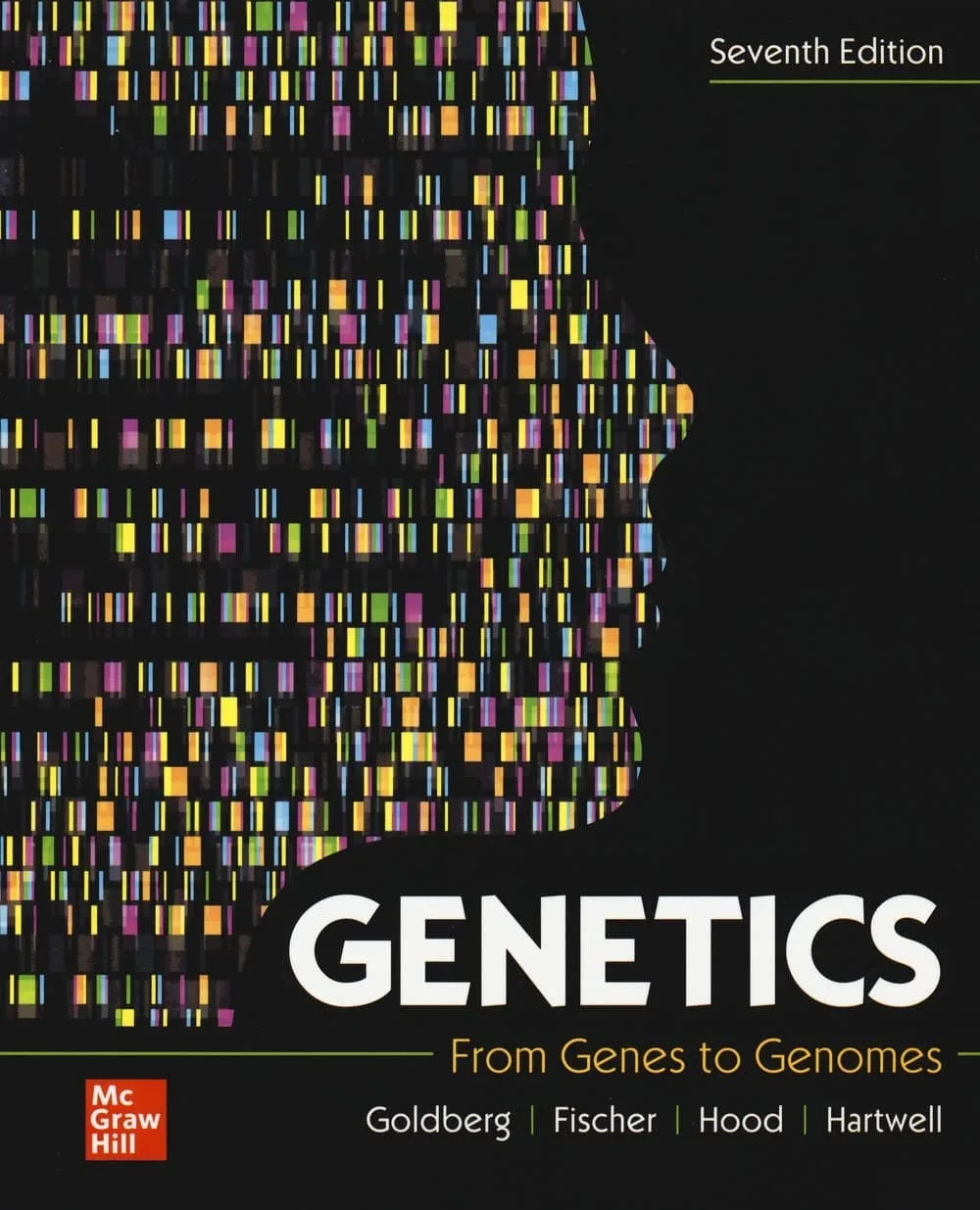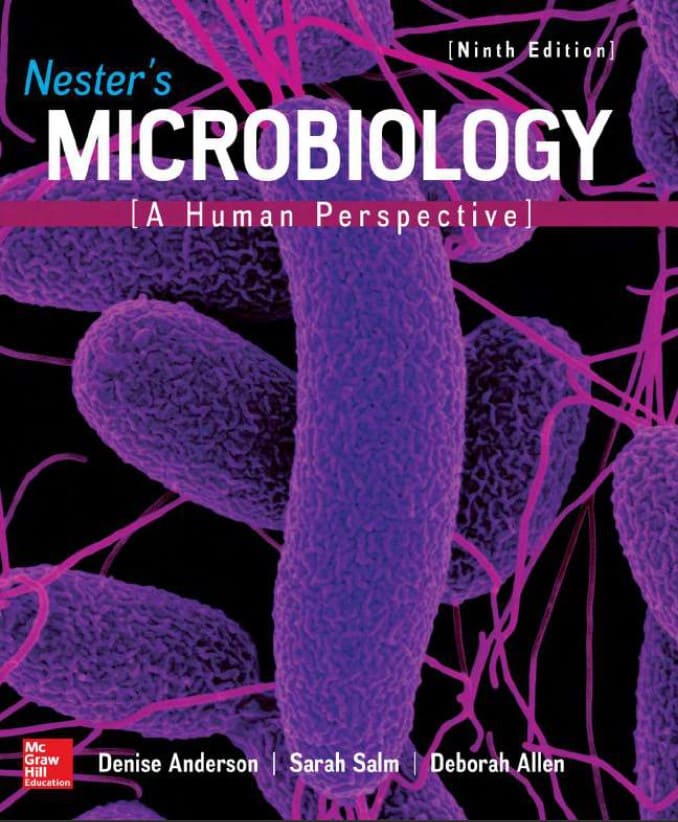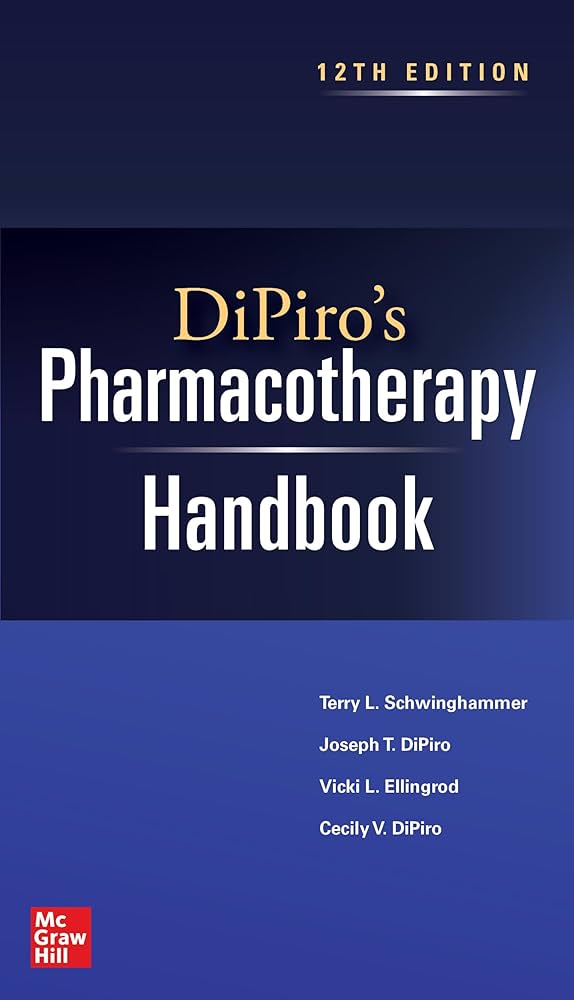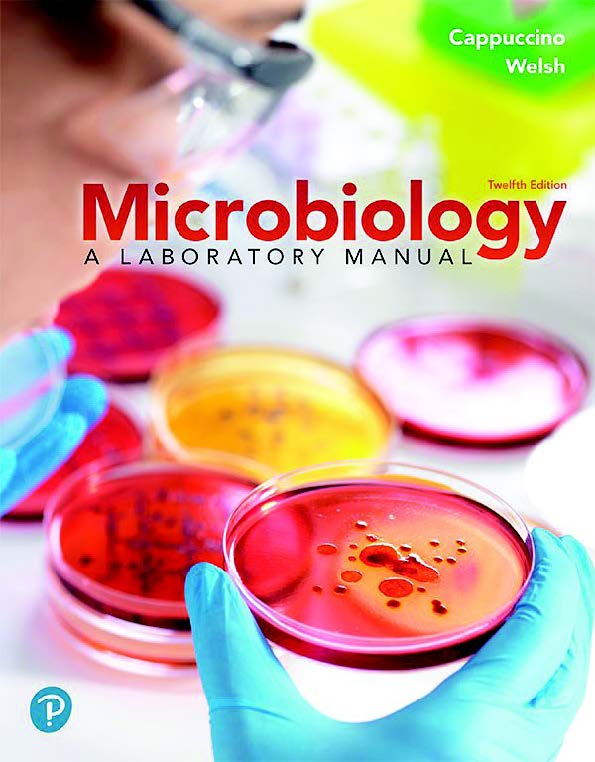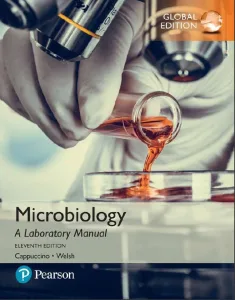 Explore Microbiology: A Laboratory Manual (11th Global Ed.) by James G. Cappuccino and Chad Welsh.
Explore Microbiology: A Laboratory Manual (11th Global Ed.) by James G. Cappuccino and Chad Welsh.
“Microbiology: A Laboratory Manual” by James G. Cappuccino and Chad Welsh is a comprehensive guide tailored for students and instructors in the field of microbiology. The 11th Global Edition maintains the high standard set by its predecessors, offering a well-structured and hands-on approach to laboratory techniques and experiments.
The manual is divided into various sections, each focusing on key areas of microbiology, from basic laboratory practices to advanced microbiological techniques. It provides clear instructions and detailed explanations for each experiment, making it accessible to students with varying levels of experience.
The layout is logical, starting with fundamental concepts before moving on to more complex procedures, which helps in building a strong foundation in microbiological practices.
One of the major strengths of this manual is its emphasis on practical, hands-on experience. The experiments are designed to reinforce theoretical knowledge with real-world application, making the subject matter more tangible and easier to understand.
Each experiment is accompanied by step-by-step protocols, safety guidelines, and troubleshooting tips, which are invaluable for both students and instructors. The clarity in instruction reduces the margin for error and enhances the learning experience.
The 11th edition includes updates that reflect current trends and advancements in microbiology, ensuring that students are learning relevant and up-to-date information. The inclusion of modern techniques and methodologies prepares students for contemporary challenges in the field.
The manual is rich with diagrams, photographs, and tables that aid in the understanding of complex procedures. These visual aids are particularly helpful for visual learners and for clarifying steps that may be difficult to grasp through text alone.
While the manual is comprehensive, some beginners might find certain sections challenging due to the advanced nature of some experiments. Additional supplementary material or a more gradual introduction to complex topics could benefit those new to microbiology.
Some of the experiments require specialized equipment and materials that might not be readily available in all laboratory settings. This could limit the accessibility of certain experiments, particularly in under-resourced institutions.
Contents
- Basic Laboratory Techniques for Isolation, Cultivation, and Cultural Characterization of Microorganisms
- Microscopy
- Bacterial Staining
- Cultivation of Microorganisms: Nutritional and Physical Requirements, and Enumeration of Microbial Populations
- Biochemical Activities of Microorganisms
- The Protozoa
- The Fungi
- The Viruses
- Physical and Chemical Agents for the Control of Microbial Growth
- Microbiology of Food
- Microbiology of Water
- Microbiology of Soil
- Bacterial Genetics
- Biotechnology
- Medical Microbiology
- Immunology
Explore Microbiology: A Laboratory Manual (11th Global Ed.) by James G. Cappuccino and Chad Welsh in pdf.
Password for Download Links: biology.com.pk
File Size: 16.2 MB. Pages: 561. Download Instructions. Kindly read the disclaimer.
You can also purchase Microbiology: A Laboratory Manual (12th Ed.) by James G. Cappuccino and Chad Welsh from Amazon by clicking the image below.
You may also like to explore the following:
- Microbiology: A Laboratory Manual (12th Ed.) by James G. Cappuccino & Chad T. Welsh
- Microbiology Experiments: A Health Science Perspective (10th International Student Ed.) by Anna Oller and John Kleyn
- Benson’s Microbiological Applications: Laboratory Manual in General Microbiology (14th Concise Ed.) by Alfred E. Brown and Heidi R. Smith
Explore hundreds of best-selling books in Biochemistry, Biology, Botany, Medicine, Microbiology, Psychology, and Sociology in the Biological Sciences Section.
Happy studying!


